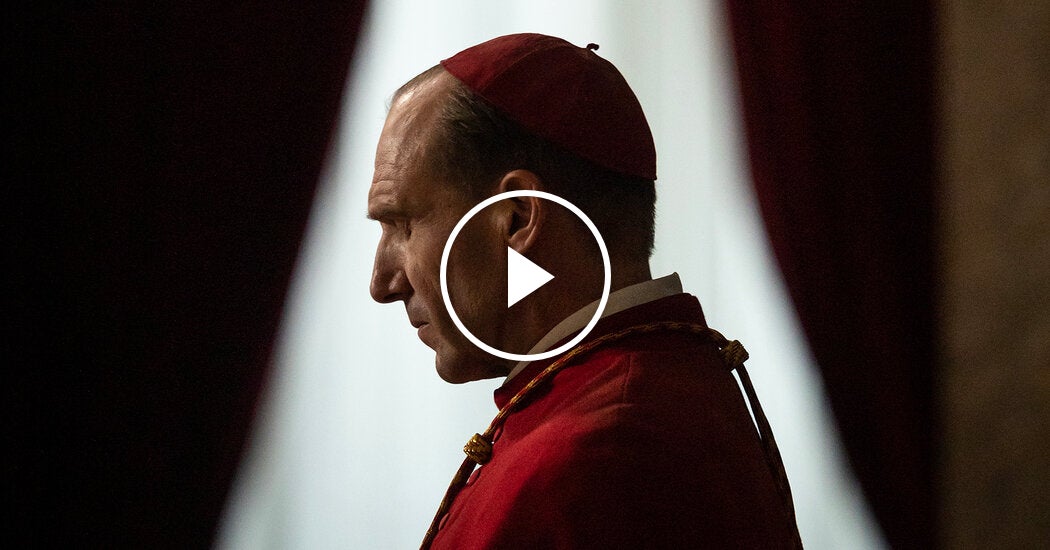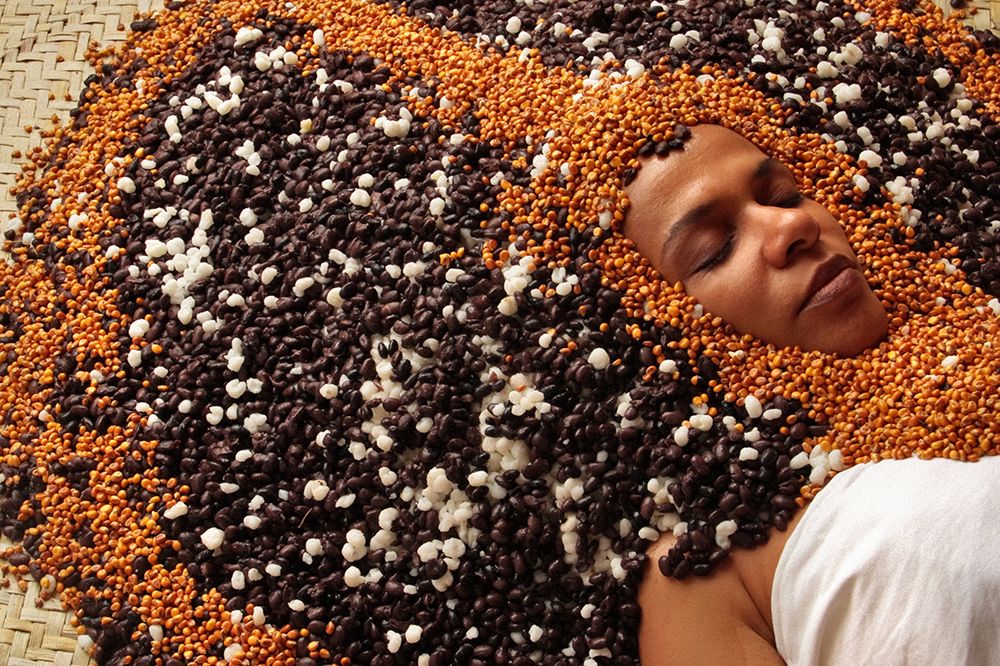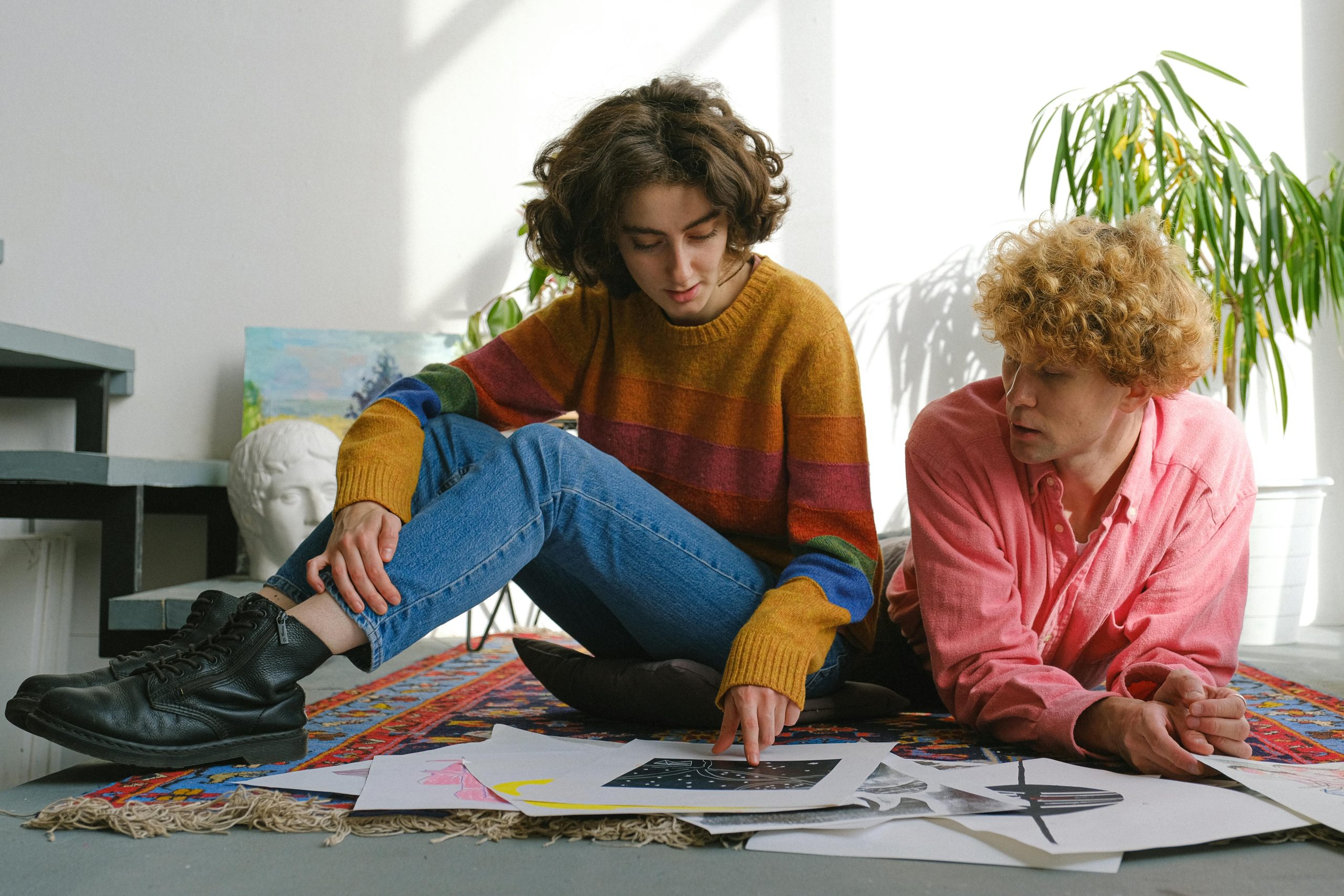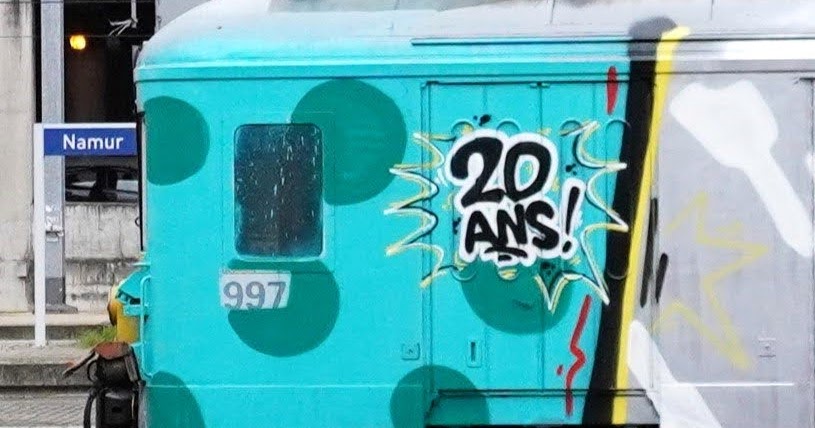‘Conclave’ | Anatomy of a Scene
[ad_1]
“Hi, My name is Edward Berger and I’m the director of the movie “Conclave.” So we’re about 30 minutes into the movie. We’ve set up the place as the Vatican and the Pope has died. And now Cardinal Lawrence, the character played by Ralph Fiennes, is the Dean of the College of Cardinals, meaning he has to organize the coming election of the new pope. And now it’s his big day because it’s the first day of the conclave, meaning all the doors are being shut. The cardinals are going away into the Sistine Chapel to vote for this next pope. And Ralph Fiennes gives the introductory speech, a homily. And we chose this piece of music at the very beginning. It’s actually the only music that isn’t composed. Everything else is composed in the movie. So it’s the only kind of source music sung by a choir. And it is the only piece of music that is played in the Sistine Chapel for hundreds of years. And I found this fact on a 6:00 AM morning tour. We went to the Sistine Chapel on a guided tour with and it was empty. It’s the only time that it’s empty. If you go at 6:00 AM and the guide told us that this was the piece of music. So I looked it up and found it and found it immensely moving and beautiful. So I decided to put it into the movie. So Ralph starts out the speech in Italian, and Ralph spent a long time practicing Italian, and he was actually very, very adamant. We always had a dialogue coach or someone like an Italian woman there who listened to his diction and everything. She was very satisfied of how he performed it because also he was super meticulous that it felt believable that he’s lived there for 25 years and has practiced Italian for 25 years. So we paid a lot of attention to that. But then at some point, something comes over him, a feeling. And he stops. And then he switches into his natural language, which is English. “But you know all that.” “Let me speak from the heart for a moment.” And delivers a speech about really his true feelings, and that is doubt. He expresses his doubt about his own faith, about his own purpose in the church, about the Church in general, about what he thinks the next pope should be like, someone who accepts doubt and gives in to doubt. And that intuitive speech, that giving into it raises a lot of eyebrows. In this scene, you will notice, we’re usually fairly wide on Ralph in the beginning when he speaks Italian. We’re from behind. We’re from a profile. And then as soon as he speaks from the heart, as soon as his speech changes, we go in for a close up, a very frontal central close up, and the camera starts moving. And then it’s actually just one shot. “Certainty is the great enemy of unity.” “Certainty is the deadly enemy of tolerance.” It’s just one shot, uninterrupted small push in on Ralph as he speaks and he loses himself within his words and he doesn’t notice anyone around him. And only then, once he’s finished. We cut to the reverse of a wide shot of all the cardinals listening. “If there was only certainty and no doubt, there would be no mystery and therefore no need for faith.” “Let us pray that God will grant us a pope who doubts.” The scene sets Ralph Fiennes up as a character to be reckoned with. He delivers the speech that comes from his heart and other Cardinals, especially the ones with ambition to become the next pope, suddenly fear that there’s a new contender in the room. And that is the climax of the scene.
[ad_2]
Source link
Tim Burton’s bestiary, Vivienne Westwood’s baroque and fashionable figuration – the week in art | Art and design
[ad_1]
Exhibition of the week
The World of Tim Burton
Enjoyable tour through the goth film-maker’s imagination, though short on surprises.
Design Museum, London, until 21 April
Also showing
Framing Fashion: Vivienne Westwood
The couture maverick’s fascination with rococo art is explored in this show celebrating her unique imagination.
Bowes Museum, Barnard Castle, until 2 March
Medieval Women: In Their Own Words
The lives of European women more than 600 years ago as revealed by illuminated manuscripts and other artefacts.
British Library, London, until 2 March
George Rouy
Fleshy, fragmentary and fashionable paintings by this British artist.
Hauser and Wirth, London, until 21 December
Stills Salon
Edinburgh photographers who use the analogue and digital facilities at this gallery show their works.
Stills Gallery, Edinburgh, until 30 November
Image of the week
Baron Munchausen stands on a lunar landscape looking at a silhouette of the Earth, in Ray Harryhausen’s proposed adaptation of the classic Rudolf Erich Raspe novel. This is a rare oil painting by Harryhausen, which features in a new exhibition at Waterside’s Lauriston Gallery in Sale, Greater Manchester, examining the workings of one of the greatest animators in cinema history. See more images from the show, which opens on 26 October, here.
What we learned
Roma families are defiantly filling rural Romania with Las Vegas bling
The David Bowie archive will be a big draw at the V&A archives next year
Photographer Alejandra Carles-Tolra had a bruising time with a women’s rugby team
Małgorzata Mirga-Tas’s fabric collages pay tender homage to her Romani roots
National Gallery of Australia’s $14m commission from Lindy Lee proved controversial
Painter Jack Coulter explained how his synaesthesia made music a key inspiration
Michael Blebo resisted pressure to join Ghana’s army and became a ‘creative military’
Afro-Brazilian artist Rosana Paulino’s work is being recognised across the world
Masterpiece of the week
Aurora Abducting Cephalus by Peter Paul Rubens, about 1636-7
The baroque genius of Rubens glows in this spontaneous sketchy painting, as does his admiration for women. Aurora is not just a strong female character but an actual deity, the Greco-Roman goddess of dawn. The chariot which she is due to ride through the sky waits in the background, its white horses rearing and eager to be on their heavenly path. But she runs, powerful and muscular in her swirling robes, to embrace Cephalus with whom she has fallen suddenly in love. This is an image of the thunderclap of desire, disrupting nature itself as the dawn is delayed by Aurora’s obsessive passion. Rubens makes you feel as well as see the story with his eye for a world in supercharged motion.
National Gallery, London
Don’t forget
To follow us on X (Twitter): @GdnArtandDesign.
Sign up to the Art Weekly newsletter
If you don’t already receive our regular roundup of art and design news via email, please sign up here.
Get in Touch
If you have any questions or comments about any of our newsletters please email newsletters@theguardian.com
[ad_2]
Source link
The return of Hope of the States: ‘There will be no tantrums. I’m a grown man now’ | Pop and rock
[ad_1]
“Let the healing begin,” says Sam Herlihy the moment I turn on my tape recorder. He’s joking, but not entirely. In December, Herlihy’s band Hope of the States will reform for a series of shows – the first time they have played together live for more than 18 years. The gigs, along with a new EP, mark 20 years since the group’s debut album The Lost Riots bucked the early-00s trend for short, spiky indie songs in favour of epic soundscapes that incorporated military drums, Morricone-esque strings and portentous lyrics about the perils of nationalism. When Hope of the States split in 2006, shortly after playing the Reading and Leeds festival, Herlihy declared that the band were cursed. Certainly, their short tenure had more than its share of misfortune and tragedy.
Herlihy was the person who walked into the studio late one night, during the recording of The Lost Riots, to find his friend and bandmate Jimmi Lawrence had killed himself. These days, such a terrible event would involve interventions – therapy, a lengthy career pause. But three weeks after Lawrence died, Hope of the States were back in the studio, finishing their album before touring the world.
“I don’t blame the label,” says Herlihy today over a pint of Guinness. We are in a beer garden in Margate, Kent, where the band are recording four new songs. “It was a different time. People didn’t talk about mental health. And going back into the studio was what we said we wanted.”
In one sense, at least on the surface, Hope of the States managed to keep going after Lawrence’s death. They finished The Lost Riots and recorded a follow-up called Left, as well as playing gigs in the US and Japan. But in another sense, they never really recovered. When Herlihy recounts his time in the band it reads like a series of stressful incidents. He remembers being about to go on stage at Glastonbury festival and realising the military jackets that the band always wore during performances had been locked in their tour van. Their tour manager had done a runner with their money and they had to smash the windows to get inside. He recalls guitar strings constantly breaking while recording Later … With Jools Holland, and Top of the Pops making them play live on unfamiliar instruments (“We were drunk … It was a disaster”). There were temper tantrums and meltdowns whenever things went wrong. “God, I did not deal with that stuff well,” he says. “But I was grieving, I was a kid … I shouldn’t have behaved like that, but it felt like it all mattered so much.”
It’s no wonder, then, that Herlihy had doubts about bringing Hope of the States back. But when his wife pointed out the 20th anniversary date, and music industry friends expressed enthusiasm for a reunion, he reached out and found the band were keen to make it happen. Herlihy says he “felt like I was going to have a panic attack” when he walked back into a rehearsal room. Then they staggered through some old songs and he realised the magic was still there. “It’s not quite muscle memory but emotional memory,” he says. “You suddenly feel the same things you felt then, even though you’re 20 years older.” Adding to this emotional wallop is the fact the producer of their new EP is Jolyon Thomas, son of the late Ken Thomas who produced The Lost Riots.
Sonically similar to the grandeur of their debut album (one song even reaches the 12-minute mark), the new songs try to capture that original youthful passion when everything – especially music and film – felt vitally important. Old friends from high school are name-checked; old times drinking stolen booze in a park are glorified.
I first met Herlihy and his bandmates back when they were releasing early singles such as Black Dollar Bills and Enemies/Friends. They were great company and talked a good game. “I think I was a cocky gobshite, really,” laughs Herlihy. But they also seemed hyper aware of being outsiders in a scene that was spawning the more commercial likes of Franz Ferdinand and the Killers. How could they compete? Their live shows involved doomy video projections and their songs were inspired by Godspeed You! Black Emperor, Mogwai and Naomi Klein’s No Logo. Somewhat implausibly by today’s standards, Sony offered them a £1m record deal anyway – which they enjoyed spending.
“Our budget for promo CDs would be a grand,” says Herlihy. “But we’d be like: ‘No, we want to do them in hand-sewn sleeves made out of flags that are half burnt!’ So a bunch of Sony interns would be sewing these flags and burning them with little kitchen flamers and it would cost 10 times the budget. But we’d be like: ‘Wicked! Look at these things, they’re cool!’”
Over time, the band drifted away from wild creative whims. Things became a slog, and they started to question why they were still doing it. When the band were offered the opportunity to record a third album, they declined. It was no longer fun. Partly, says Herlihy, because of the way they were treated by other bands following Lawrence’s death. “We wanted to have drinks with them at festivals and hang out,” he says. “But it was like we were damaged goods. Everyone’s looking for you to be some kind of grief-stricken doomlord, but I didn’t feel like I was.”
The complexity of grief was starting to entangle the band. They were devastated, of course, but they also realised they were living out their dreams. “It was difficult to put across your best side because then I would feel a bit guilty. I felt like people expected me to just want to sit there and cry. The whole situation was messy and horrible.”
It was after the band had split that things caught up with Herlihy. For more than a decade he was haunted by comments from friends of Lawrence who had said that he was to blame – there seemed to be an implication that, as the leader of the band, he was the one responsible for Lawrence’s welfare. “I was the last person to see him and I was the one who found him,” he says. “So you just think, oh, this is my fault.” It was only when he eventually saw a therapist that he realised he was suffering from PTSD. He began work resolving the conflicting anger and guilt he still had around Lawrence’s death. These days he remembers his friend from a much healthier perspective.
“I think about him now as a mate more than anything else. The way it happens is, ‘Oh, he’d have loved that television show’, or ‘I wish he could hear that album.’ Because we weren’t just in a band together – we got drunk together, we hung out and we talked about the Pogues. So yeah, it would be cool to have him on stage playing guitar with us, but that’s not the main way I think about Jimmi.”
after newsletter promotion
Before reaching out to a therapist, Herlihy’s life had taken a rather bleak turn. He had assumed he would just start a new band after Hope of the States and get another record deal. “Then, when that didn’t happen, I thought: ‘Oh shit.’” He found a job in Starbucks, and still winces when remembering the encounters he had there.
“Maybe once every couple of weeks, you’d hand somebody their coffee and they’d do a double take. And I’d be like: oh God, I know what’s coming. They’d have this sort of disappointment on their face and they’d say: ‘Aren’t you Sam from …’ and I’d say: ‘Yeah, you know, bills to pay!’ It was quite brutal. Looking back it’s like: why the fuck didn’t I just take an office job? My wife says I probably did it as some sort of self-flagellatory thing.”
Herlihy bounced back, though, opening the fine dining restaurant Pidgin in Hackney, east London, along with a bunch of other eateries. Other members of the band also seem to have gone into various foodie jobs – from restaurants and microbreweries to natural wine bars in Copenhagen. Herlihy has three kids; his eldest is now around the age he was when his band first took off. He’s thrilled that they will get a chance to see the band perform.
And this time if any strings break or amps blow up there will be no tantrums. “Hopefully not. I’m a grown man now,” he laughs. “There’s no reason to do it unless it’s joyful. The minute it isn’t, then I’ll leg it.”
These are the words of a happier, more stable Herlihy. So is he really ready to risk unleashing the band’s curse again? After our interview ends, I stand to leave and realise that a bottle of water has leaked into my bag, soaking the contents, which includes a battery pack.
Sam clocks it and, with a grin, imagines a future conversation he might be having. “Yeah, well we were all set to get this piece published in the Guardian … but the journalist electrocuted himself on the way home so it never happened.”
Well, if you’re reading this then maybe the curse has been lifted.
Hope of the States release Long Waits in A&E digitally on 1 November. The vinyl edition will be available as the band tour 4 to 7 December; tour starts Manchester.
In the UK and Ireland, Samaritans can be contacted on freephone 116 123, or email jo@samaritans.org or jo@samaritans.ie. In the US, you can call or text the National Suicide Prevention Lifeline on 988, chat on 988lifeline.org, or text HOME to 741741 to connect with a crisis counsellor. In Australia, the crisis support service Lifeline is 13 11 14. Other international helplines can be found at befrienders.org
[ad_2]
Source link
ROYAL BALLET DANCER KEVIN EMERTON ANNOUNCED AS BALLET TEACHER AT THE ROYAL BALLET SCHOOL
[ad_1]
- Kevin is an alumnus of the School and First Artist with The Royal Ballet
- He will leave the Company and join the Upper School artistic faculty in January
The Royal Ballet School is delighted to announce that Kevin Emerton, dancer of The Royal Ballet and alumnus of the School, will join the Upper School in January as Pre-professional Year Ballet Teacher.
This appointment marks a significant addition to the School’s artistic faculty as Kevin transitions from an outstanding 17-year performance career with The Royal Ballet to mentoring and nurturing the next generation of dancers.
Kevin trained at Elmhurst Ballet School before joining The Royal Ballet School’s Upper School. In 2007, Kevin graduated into The Royal Ballet and was promoted to First Artist in 2014.
Kevin brings a wealth of expertise to The Royal Ballet School as an artist and dance teacher. In 2022, he completed The Royal Ballet School’s two-year Diploma of Dance Teaching course. He has since taught as a Guest Teacher with The Royal Ballet School and Company and other international institutions, balancing this with his performance career.
His understanding of the demands of classical ballet at the highest level, combined with his first-hand experience of The Royal Ballet’s repertoire, and The Royal Ballet School’s holistic training ethos, make him uniquely equipped to mentor students at the final stages of their training to success.
Iain Mackay, Artistic Director of The Royal Ballet School, said:
‘We are delighted to welcome Kevin back to The Royal Ballet School. Kevin brings valuable experience of The Royal Ballet’s repertoire and the distinctive English style. His connection with the School, both as a student and graduate of our Diploma of Dance Teaching course, makes him the ideal mentor for our Pre-professional Year students. I know that Kevin’s skill and passion for teaching will inspire and guide them as they prepare to take their first professional steps.’
Kevin Emerton said of his appointment:
‘I am thrilled to be returning to The Royal Ballet School as a teacher. I am truly looking forward to guiding, nurturing and collaborating with the next generation of young dancers.’
This announcement follows the news that Stuart Cassidy will leave the School in January to return to The Royal Ballet as Répétiteur to the Principal Artists.
While with The Royal Ballet, Kevin has performed in a diverse array of the company’s heritage, classical and contemporary repertoire. He has also created roles in new productions for The Royal Ballet with renowned choreographers, including Christopher Wheeldon, Wayne McGregor, Crystal Pite and Liam Scarlett as well as performing many revivals of works by Frederick Ashton, Kenneth MacMillan and George Balanchine.
[ad_2]
Source link
After the End of the World: Pictures from Panafrica
[ad_1]
In this exhibition at the Art Institute of Chicago, works by 17 artists reflect pan-African perspectives on the natural world, exploring its significance as a source of freedom, sustenance and enlightenment (2 November–21 April 2025). Highlights include photographs from the series Nadir (1987), by South African photographer Jo Ractliffe, which mostly comprises stark images of animals in the landscapes of apartheid-era South Africa, and Brazilian artist and Candomblé priest Ayrson Heráclito’s Cabeça de Nanã (2009), from the series Bori (Feed the Head), which pictures ritual offerings of nourishment to Yoruba deities. The exhibition accompanies the museum’s major show Project a Black Planet: The Art and Culture of Panafrica (15 December–30 March 2025), which seeks to provide a wider view of pan-Africanism and its expressions in contemporary culture. Find out more from the Art Institute of Chicago’s website.
Preview below | View Apollo’s Art Diary
Nadir 6 (1987), Jo Ratcliffe. Art Institute of Chicago. © Jo Ractliffe

Cabeça de Nanã from the Bori (Feed the Head) series (2009), Ayrson Heráclito. Art Institute of Chicago. © Ayrson Heráclito
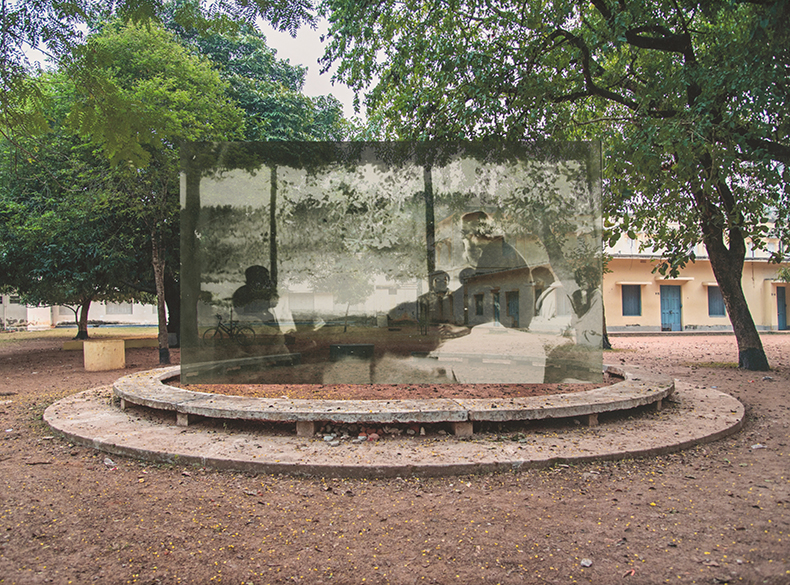
Santiniketan Studies (A Century Before Us II): Infinite Study (2018), The Otolith Group (Anjalika Sagar; Kodwo Eshun). Art Institute of Chicago. © The Otolith Group
[ad_2]
Source link
The Importance of Branding for Artists Online – How to Sell Art Online
[ad_1]
If you are an artist, you should already know how difficult it is to enter the sales world. From painters and visual artists to photographers and illustrators, as well as gallerists and curators, the need for a distinct brand has never been more critical.
Branding is not just about a logo or a catchy tagline; it’s the essence of how artists present themselves to the world. In this article, we will explore the importance of branding for artists and how it can significantly influence their success across both physical and digital spaces.
Understanding Branding
At its core, branding is the process of creating a unique identity for a product or individual. For artists, this involves defining who they are, what they stand for, and how they want to be perceived by their audience. Effective branding goes beyond visual elements; it encompasses the artist’s style, message, values, and the emotional connection they create with their audience.
Why Branding Matters
Differentiation in a Crowded Market
The internet is teeming with talented artists, making it crucial to stand out. A strong brand helps artists differentiate themselves from their peers. This differentiation can come from various factors, such as unique artistic style, storytelling ability, or the themes they explore in their work. By establishing a clear brand identity, artists can carve out a niche for themselves, making it easier for people interested in their art to discover and remember them. If you’re looking for ways to build a unique artist brand, these strategies can help you stand out.
Building Trust and Credibility
Branding fosters trust. When artists consistently present themselves in a professional manner, they build credibility with their audience. For more on enhancing your professional image, check out how to create a Facebook page for your art. This is especially important in an age where audiences are bombarded with content and seek authenticity in the artists they support. A well-defined brand can reassure potential art buyers that they are engaging with a serious artist rather than just another fleeting online presence.
Creating Emotional Connections
Branding is about storytelling. It allows artists to share their creative journey, artistic values, and the inspiration behind their work. When artists share their stories, they create emotional connections with their audience. Learn how to use storytelling to sell your art and deepen these connections. People interested in your artworks are more likely to support artists whose stories resonate with them. This emotional bond can lead to increased loyalty, engagement, and ultimately, sales.
Enhancing Marketing Efforts
A strong brand makes marketing more effective. Artists can leverage their branding across various platforms, ensuring a consistent message that resonates with their target audience. Whether it’s through social media, email newsletters, or a personal website, a cohesive brand presence can streamline marketing efforts and improve overall visibility. Consider these tips on email marketing for artists to further enhance your outreach. When your audience recognizes an artist’s brand, they are more likely to engage with their content and share it with others.
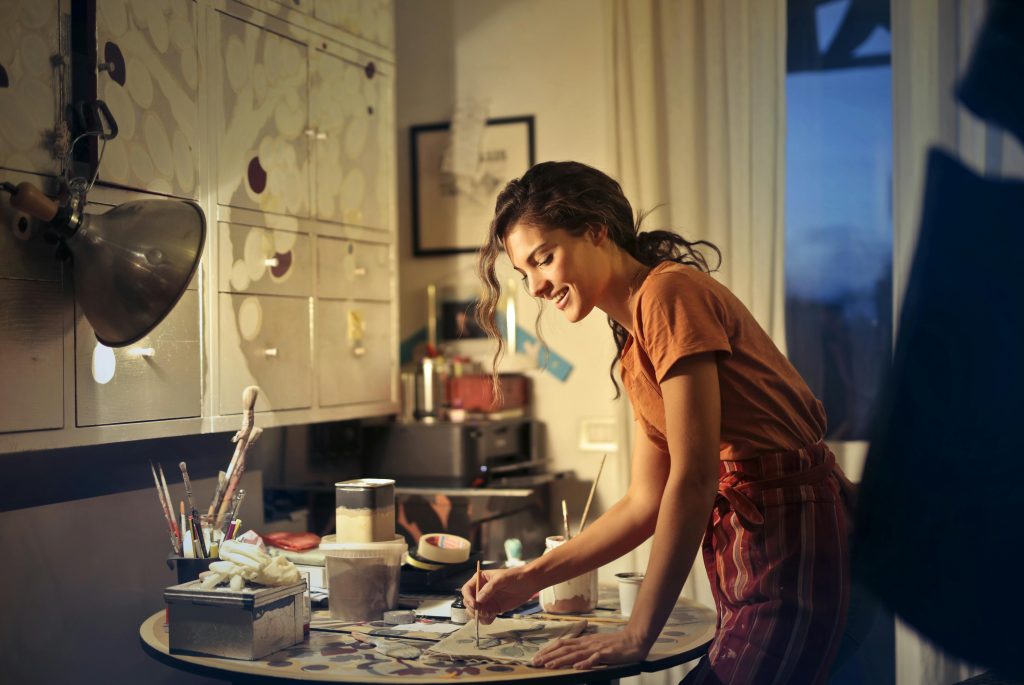
Key Elements of Effective Branding for Artists
Visual Identity
The visual aspects of branding, including logos, color schemes, and typography, play a vital role in establishing an artist’s presence. These elements should reflect the artist’s personality and artistic style. For example, a painter specializing in vibrant landscapes might choose a palette of bright colors and flowing, natural shapes that reflect the essence of their work. Consistency in visual identity across all platforms strengthens brand recognition.
Artistic Voice and Style
An artist’s voice is an integral part of their brand. This encompasses the themes, messages, and emotions that resonate in their work. Explore more on developing a unique artistic style and how it can define your brand. Artists should strive to develop a unique style that sets them apart from others. This may involve experimenting with different mediums, techniques, or narratives. A distinct artistic voice helps in attracting the right audience and establishing a loyal following of people interested in their work.
Online Presence and Engagement
In the digital age, an artist’s presence across digital platforms is crucial. This includes having a professional website, active social media accounts, and a portfolio that showcases their work. Engaging with fans and followers is also vital. Artists should respond to comments, share behind-the-scenes content, and create a dialogue with their audience. This interaction not only humanizes the artist but also fosters a sense of community.
Storytelling
Effective branding involves compelling storytelling. Artists should share their journey, inspirations, and the process behind their work. This not only makes the artist relatable but also enriches the audience’s experience. Stories can be shared through blog posts, social media updates, or video content. By weaving narratives into their branding, artists can captivate their audience and encourage them to invest in their journey.
Consistency Across Platforms
Consistency is key in branding. Artists should ensure that their branding is cohesive across all platforms, from social media and their personal website to physical promotional materials used in galleries and art shows. This consistency helps reinforce their identity and makes it easier for their audience to recognize them. Additionally, a cohesive brand presence builds trust and professionalism, further solidifying the artist’s reputation in the online space.
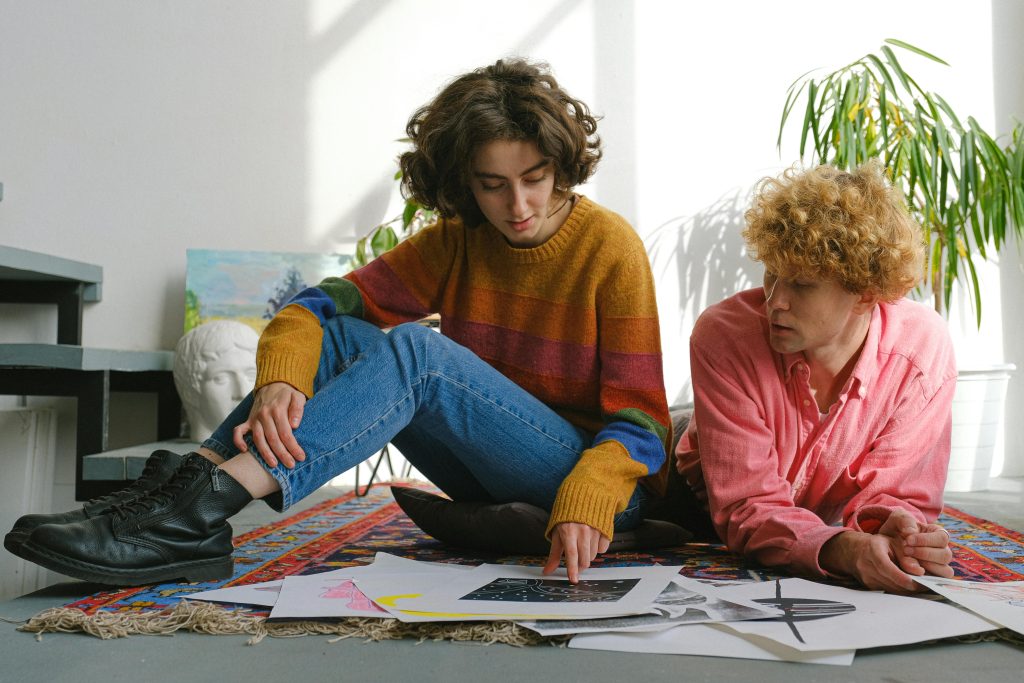
The Impact of Branding on Sales and Opportunities
A well-established brand can significantly impact an artist’s ability to sell their work and attract opportunities. When people interested in your artworks feel a connection to an artist’s brand, they are more likely to purchase artwork, prints, or commissioned pieces. Additionally, a strong brand can lead to collaboration opportunities, sponsorships, and even gallery shows. For personalized support in growing your art business, explore our business coaching for artists services. Artists who effectively leverage their branding can expand their reach and create multiple income streams.
Branding is an essential aspect of success for online artists. It serves as the foundation for differentiation, trust-building, emotional connection, and effective marketing. By understanding and investing in their brand, artists can create a unique identity that resonates with their audience and propels their careers forward in both physical and digital realms. As the digital landscape continues to evolve, those who prioritize branding will be better positioned to navigate challenges, seize opportunities, and leave a lasting impact on the art world.
[ad_2]
Source link
After UArts collapse, Pig Iron Theatre finds new home at Rowan
[ad_1]
From Philly and the Pa. suburbs to South Jersey and Delaware, what would you like WHYY News to cover? Let us know!
The Pig Iron School for Advanced Performance Training will become part of Rowan University in New Jersey, almost four months after it was cast adrift following the sudden closure of the University of the Arts in Philadelphia.
Pig Iron Theatre cofounder Gabriel Quinn Bauriedel said Rowan will be the Pig Iron School’s forever home.
“I believe absolutely that this is phase three of the school,” he said. “Phase one we did it on our own. Phase two we did it with UArts. Phase three, the final phase, is with these gentle, kind, wise folks at Rowan.”
The Pig Iron Theatre Company is widely known for its experimental and devised theater techniques and created a school to train students at the master’s degree level. But the degree program requires an institutional partner, which is now Rowan.
Rowan University has three campuses in South Jersey, with the Department of Theater and Dance based on the main campus in Glassboro, New Jersey. Pig Iron will remain in Philadelphia, with students studying at the school’s studio in Philadelphia’s Kensington neighborhood.
“It’s really a unique opportunity to have this exemplary, unique MFA that’s already in existence,” said Rick Dammers, dean of the College of Performing Arts at Rowan University. “They have their own facilities. They have their own students already. It’s a lot easier to incorporate a pre-existing program than to start one from scratch. And the reputation of the program, too, is exciting.”
[ad_2]
Source link

